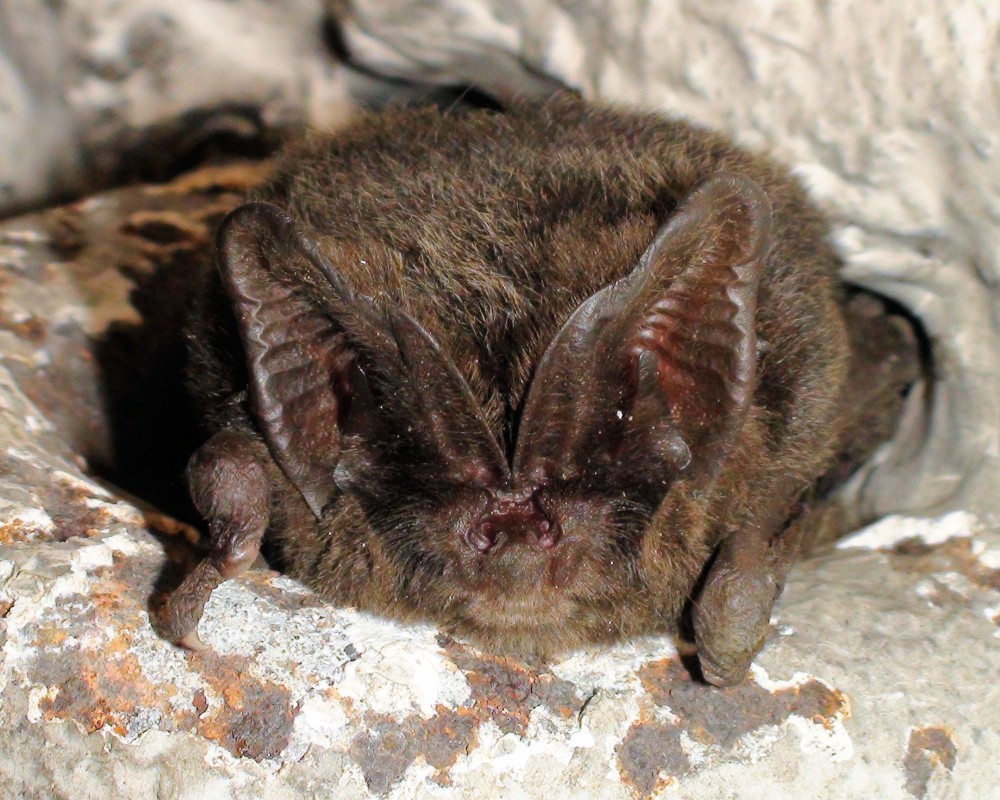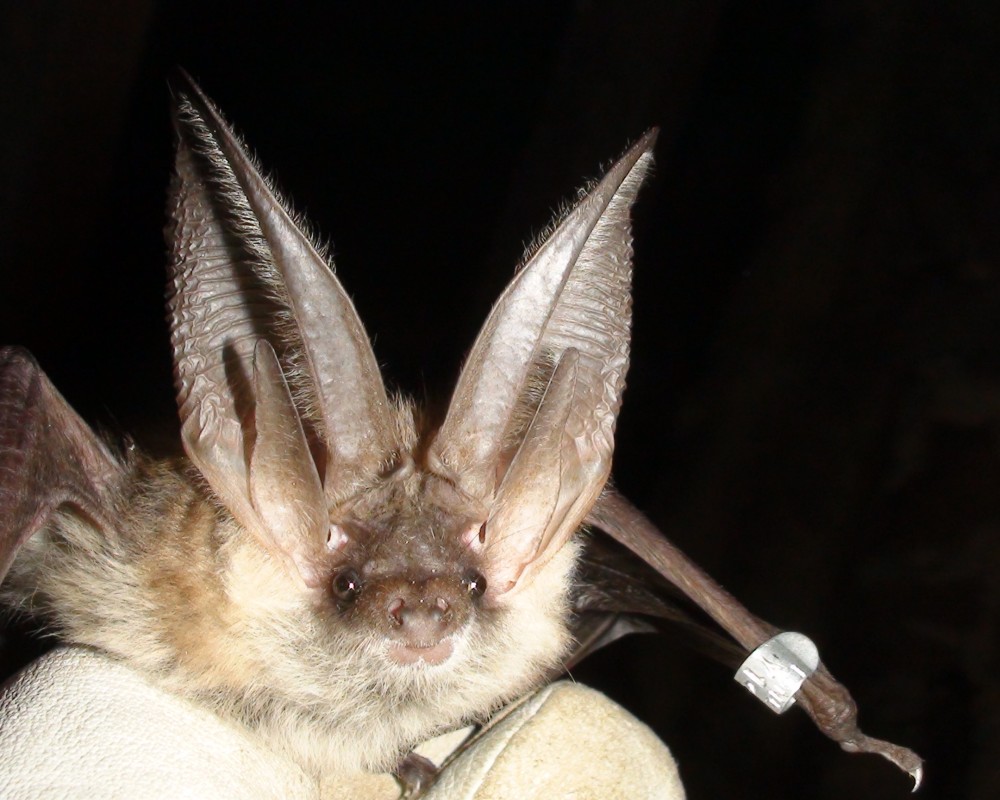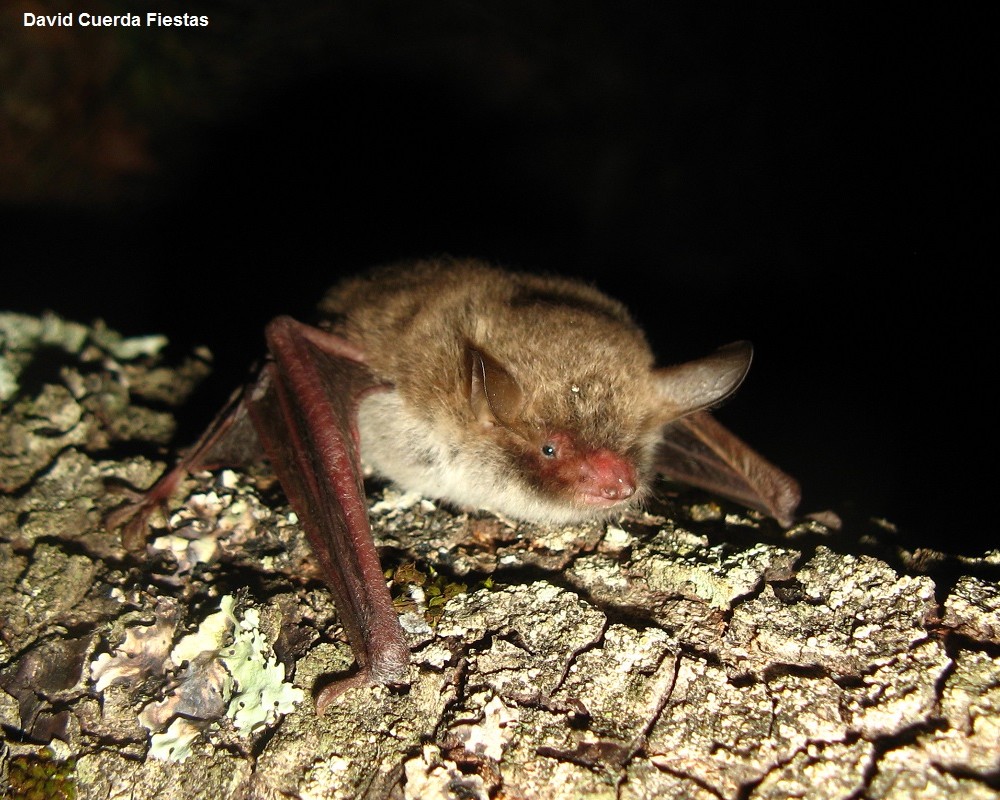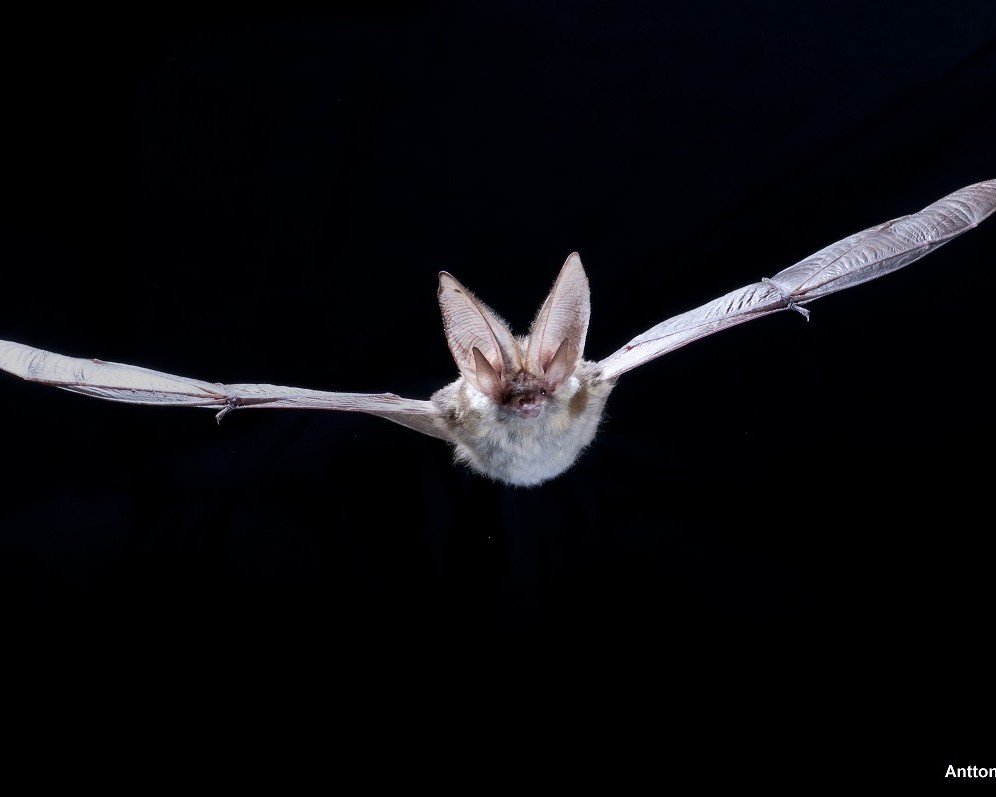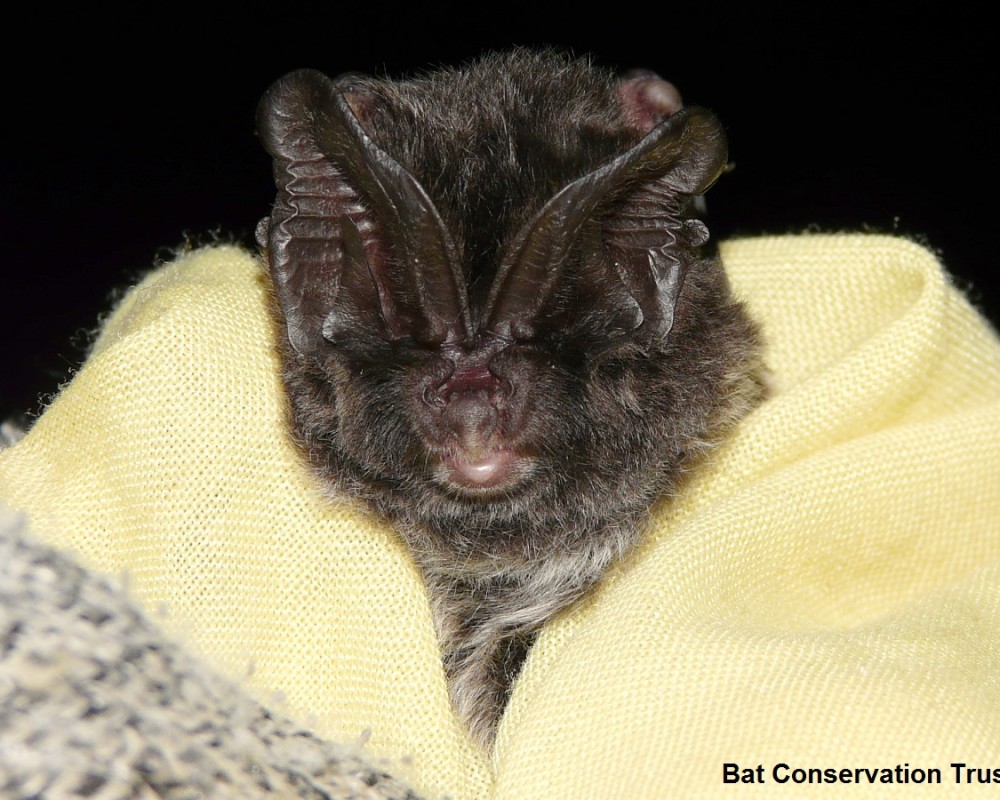Landscape Genetics across spatial scales
We used a multi-scale integrated approach, combining population genetics with species distribution modelling and geographical information under a causal modelling framework, to identify landscape barriers to gene flow and their effect on population structure and conservation status of the grey long-eared bat, Plecotus austriacus. Our work has shown the scale-dependent effect of the landscape on gene flow and population structure in bats. We found that across the range of Plecotus austriacus connectivity is limited by broad-scale patterns of habitat suitability, while at finer spatial scales, land cover variables played a more important role. Connectivity in the fragmented UK population, at the northern edge of the grey long-eared bat range, was limited by distance to its main foraging habitat, unimproved grasslands (meadows).


